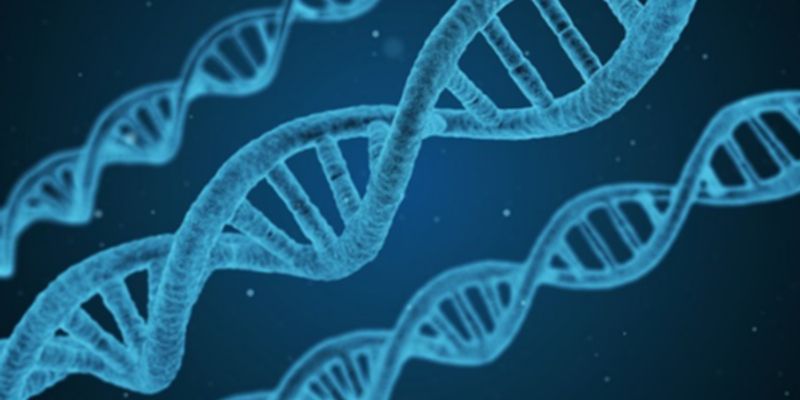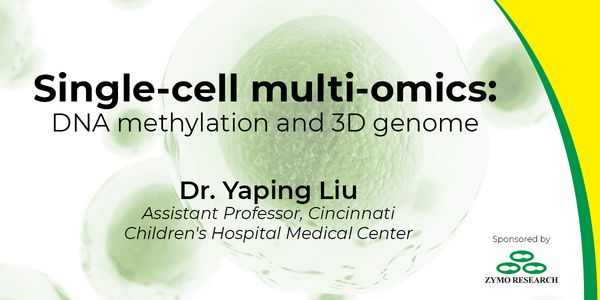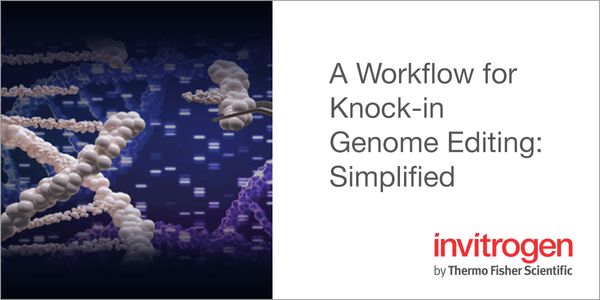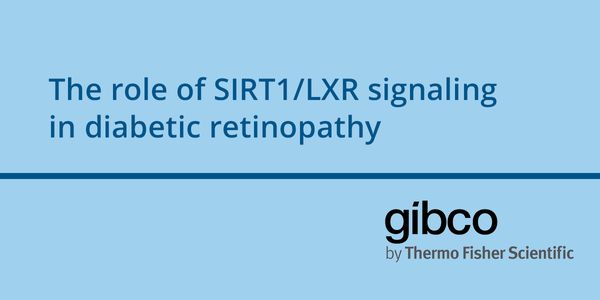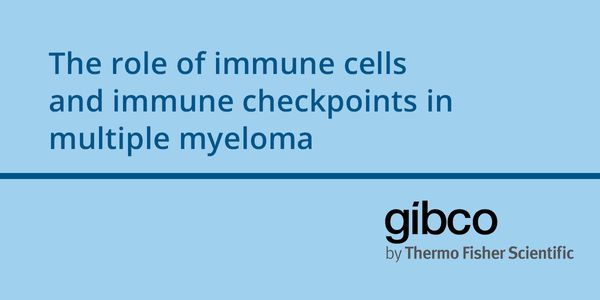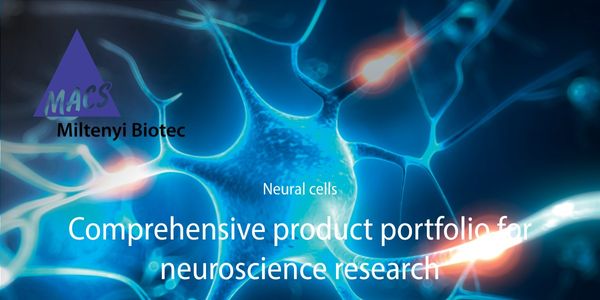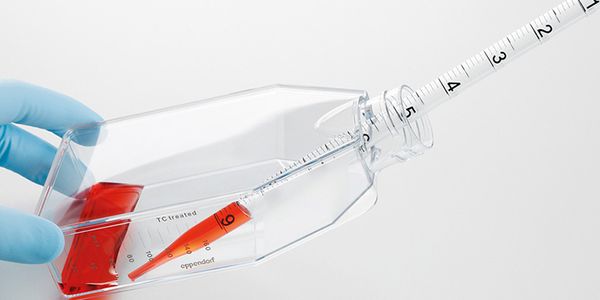APR 02, 2020 | 8:00 AM
DATE: April 2, 2020 TIME: 8:00am PT, 11:00am ET Cyclins A2 and E1 regulate the cell cycle by promoting S phase entry and progression. We recently identified a hepatocellular carcinoma (HCC)...
MAR 27, 2020 | 9:00 AM
DATE: March 27, 2020 TIME: 9:00am PDT, 12:00pm EDT Osteoporosis causes a decrease in bone density, along with deterioration of the bone’s microarchitecture at a faster rate than normal...
MAR 24, 2020 | 11:00 AM
DATE: March 24, 2020 TIME: 11:00am PT, 2:00pm ET While in vitro cell culture has long been used to study neurological diseases, researchers have come to the realization that 2-D systems do n...
JAN 30, 2020 | 9:00 AM
DATE: January 30, 2020 TIME: 9:00am PST, 12:00pm EST Recent advances in in vitro 3D cellular culture technologies, such as organoids, rapidly developed and established novel, more physiologi...
JAN 23, 2020 | 9:00 AM
DATE: January 23, 2020 TIME: 9:00am PST, 12:00pm EST...
Chaperone networks are dysregulated with aging, but whether compromised Hsp70/Hsp90 chaperone function disturbs neuronal resilience is unknown. Stress‐inducible phosphoprotein 1 (STI1; STIP1...
DEC 17, 2019 | 9:00 AM
DATE: December 17, 2019TIME: 9:00am PST, 12:00pm EST Purpose: Liver x receptors (LXRs) are hypothesized to serve as a link between lipid metabolism and inflammation by prom...
DEC 11, 2019 | 7:00 AM
DATE: December 11, 2019TIME: 7:00am PST, 10:00am EST An important part of the biopharma industry, Plasmid DNA is used as a gene-delivery vehicle for DNA vaccination and as a key...
DEC 04, 2019 | 7:00 AM
DATE: December 4, 2019TIME: 7:00am PST, 10:00am EST, 4:00pm CET Do you know how it feels when you just quickly want to redo an experiment that your colleague did, or an experim...
NOV 21, 2019 | 9:00 AM
DATE: November 21, 2019TIME: 9:00am PST, 12:00pm EST Multiple Myeloma is a disease of terminally differentiated plasma cells with the massive production of monoclonal immunoglobu...
NOV 19, 2019 | 10:00 AM
DATE: November 19, 2019TIME: 10:00am PSTMicroglial cells are the resident innate immune cells of the central nervous system (CNS) and are responsible for regulating inflammatory activati...
NOV 18, 2019 | 7:00 AM
DATE: November 18, 2019TIME: 7:00am PST, 11:00am EST, 4:00pm CEWT How often do you pipette in your cell culture lab every day? Usually, we do it so often that we tend stop th...
NOV 13, 2019 | 8:00 AM
DATE: November 13, 2019TIME: 8:00am PSTIn this presentation, Dr. Rizvi will outline the power and generality of single-cell studies, workflows enabling such studies, and skillful mean...
OCT 31, 2019 | 9:00 AM
DATE: October 31, 2019TIME: 9:00am PDT, 12:00pm EDT INTRODUCTION: A major limitation for the development of 3D engineered tissues is the absence of viable and perfusable...
OCT 30, 2019 | 7:00 AM
DATE: October 30, 2019TIME: 7:00am PDTJoin us for a webinar to learn how to apply single cell methods to study cancer. Dr. William Greenleaf, Associate Professor from Stanford Universit...
